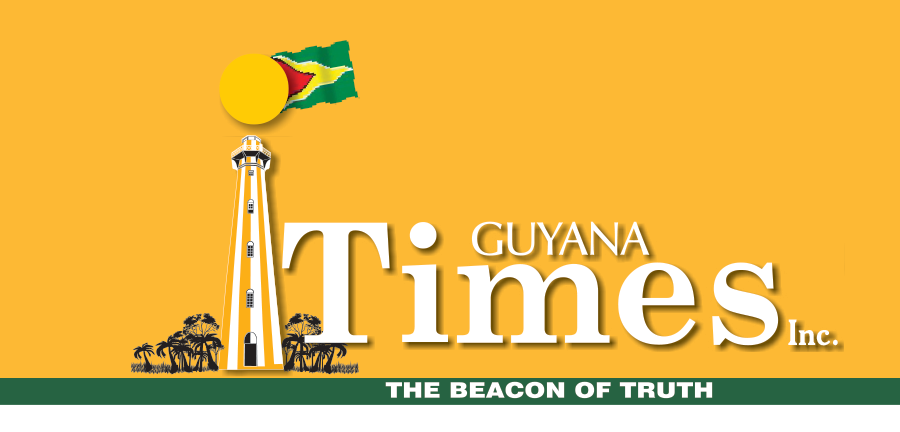– as 7 species being used at Yarrowkabra Homestead Project
Newly-appointed Minister within the Housing Ministry, Vanessa Benn, wants to see diversification in the types of local timbers being used for construction projects across the country.

Minister Benn joined her colleague, Housing Minister Collin Croal, for a familiarisation tour of several housing projects along the Linden -Soesdyke Highway on Sunday. The visit included the Silica City project, where she highlighted the importance of “greening” construction spaces and linking the forestry sector with housing development to generate wider benefits for citizens.
According to Benn, the Housing Ministry has already been engaging with forestry experts to look at using the more exotic types of local wood instead of the traditional species such as kabukalli and greenheart.
“[We have to look at] how do we use the lesser-used wood species in the construction sector and… There’s the wamara and many other species that we can use that are beautiful, that kind of showcase the exotic woods that we have,” she noted.
The Junior Housing Minister, who has expertise in the forestry sector, explained that integrating a wider range of wood species would create new opportunities for Guyanese citizens including in the areas of joinery and community development.
“We can have the use of those [lesser-known species] and provide more employment to people within the forestry sector, people within the joinery sector and so on… The Ministry has been engaging with the Guyana Forestry Commission, for instance, in looking at some of the other species beyond kabukalli and greenheart, I’m looking towards strengthening that…seeing how the experts at the Guyana Forestry Commission can collaborate with the engineers, the architects here and the experts here at the Ministry of Housing to be able to have a broader, better idea of the different types of wood species, the best applications in different forms. So, what’s good for steps, what’s good for facing and how are we able to, you know, showcase these timbers that we have in a lot more, perhaps, fashionable way,” Minister Benn stated.
Already, one initiative under the Housing Ministry, is utilising a variety of local wood species to construct homes – the Yarrowkabra Homestead Project along the Soesdyke-Linden Highway.
This project, which is being executed by DuraVilla Homes Guyana Inc., will see some 200 prefabricated homes, costing $6.5 million each, constructed. Of these, 24 houses have already been completed and another 70 nearing completion.
Durable housing
During a site visit on Sunday, it was explained that more than seven species of local woods are being used for the project. The houses are built with a concrete foundation and then a mixture of wood cladding and cement board cladding on the outside with a timber frame on the inside.
“This is various species of durable hardwoods, but they’re painted because of easy maintenance,” Chief Executive Officer of DuraVilla Homes, Rafeek Khan, stated.
All the prefabricated materials used both externally and internally for the construction of these houses are manufactured at the company’s factory located at Great Diamond, East Bank Demerara.
According to Operations Manager at DuraVilla Homes, Edward Pillay, the timber panels are “…made up of various hardwoods that we use, so mainly kabukalli, shibadan and tatabu.” He added that they use mainly silverballi for the ceiling and they are exploring other hardwoods species that can be utilised.
The internal framing of the house is manufactured in four parts based on properly-calculated and precise measurements.
“So, when you fit everything together, it looks like one. You don’t see the channel… All of this, we sat down and we designed with proficiency to get the work moving at a certain pace so we could meet the targets… So that has been, I think, one of the key things with getting this whole project running and the pace that we have it running at,” Pillay stated.
Khan went on to add that, “…every piece of timber has been seasoned, air seasoned, kiln dried accordingly to meet the building code, and wood has gotten a bad name over the last several decades. People don’t want to use at home, because this is not going to last. I will bet you that this house will outlast any concrete structure in the country, if, importantly, built correctly. So, we’re using factory-built components, which reduces the issues of concerns of quality.”
Currently, DuraVilla Homes is producing similar prefab houses for other countries in the Caribbean.
The Yarrowkabra Homestead Project is a major component of President Dr. Irfaan Ali’s $6 billion housing initiative, which aims to build 500 sustainable homes along the highway. The project is designed to go beyond housing, combining residential development with agricultural production and renewable energy. Shade houses and solar power systems are being introduced to support economic empowerment, with a strong focus on single mothers and women-led households.
The Ministry of Agriculture is spearheading the development of shade houses, while the Office of the Prime Minister is overseeing the installation of solar power systems.
Discover more from Guyana Times
Subscribe to get the latest posts sent to your email.













